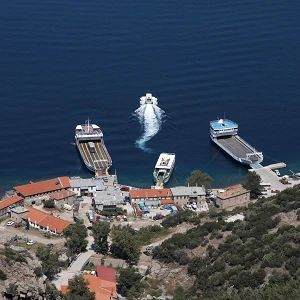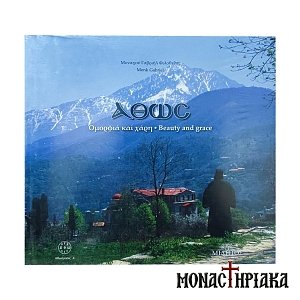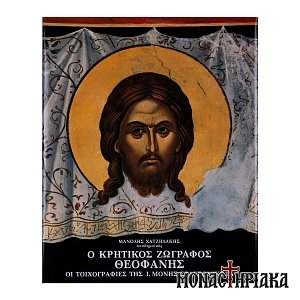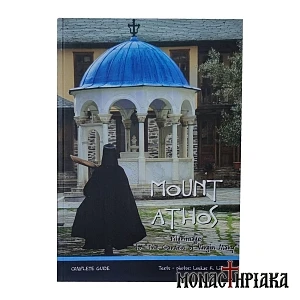Mount Athos: a unique Unesco World Heritage Site
The geographical features of Mount Athos
Mount Athos is located in Central Macedonia, Greece, at the third and easternmost part of the prefecture of Halkidiki. The peninsula of Athos has a total area of about 330 sq. km and spreads into the Aegean Sea for at least 50 km. At the same time, the width of the peninsula ranges from 7 to 12 km, while the peak of Mount Athos reaches 2,033 m. and has a distinctive conical shape. The slopes of the peninsula are steep with dense forest that give us the rich gifts of nature, such as honey, wines and olive oil.
How "Mount Athos" got its name
Mount Athos is already known from Greek mythology. It is said that in the area where the peninsula of Mount Athos is located, a great titanic battle took place between the giants and the gods of Olympus. In this battle, the leader of the giants was Athos, son of Uranus and Gaia. According to mythology, the giant Athos grabbed a huge rock and hurled it with great force against the Olympian gods. In this way, the area of Halkidiki and the homonymous peninsula were created.
Historical records of the Athos peninsula are found by Thucydides, Herodotus, but also Strabon, who was a Greek geographer. Based on this information, we know that the peninsula was inhabited by small communities, since pre-Hellenic times, forming small towns.
The renaming of the peninsula to "Mount Athos" is located back in the 11th century. The first reference is found in the study of the Byzantine scholar and Archbishop of Ohrid and Bulgaria, Theophylaktos, which is entitled "Martyrdom of the Fifteen Martyrs of Tiberiopolis". From the 12th century, the name of the peninsula is exclusively found as "Mount Athos". In fact, the Emperor Alexios I Komnenos imposed by law that "From now on the name of the peninsula will be called “Mount Athos” for all". All the official public documents that followed, mention the Athos peninsula as "Mount Athos".
Find here: Detailed hiking map of Mount Athos
Mount Athos Today… Unesco World Heritage Site
For about a century, since 1926, Mount Athos has been an autonomous part of Greece. The Athos Peninsula consists of 20 Monasteries, 12 Hermitages (Sketes) and 700 Sacred Huts, where about 1000 monks live an ascetic life. The value and uniqueness of Mount Athos has been recognized worldwide and since 1988 is one of the UNESCO World Heritage Sites. At the same time, the unique natural landscape of Mount Athos is protected by the European Network NATURA 2000. The official UNESCO website states that Mount Athos is
"a huge historical, artistic and cultural heritage preserved by a monastic community for 12 centuries. At the same time, this place maintains a rich flora and fauna, thanks to the careful protection of the forests and the implementation of traditional agricultural practices. Due to the richness of the fauna of the area, the peninsula of Athos is a member of the European Network NATURA 2000".
Find here the book: Athos Beauty and Grace
Today, believers from all over the world can visit Mount Athos with the issuance of a special permit, the so-called "Residence" («Διαμονητήριο»), which is issued by the Office of the Pilgrims in Thessaloniki or Ouranoupoli in Halkidiki, Greece. The transfer to Mount Athos is feasible only by boat.
We at monastiriaka.gr have set as a goal to bring closer to all the faithful the natural products made by the Fathers in the monasteries of Mount Athos!
Find here: Original handicrafts from Mount Athos

















